of the Victory

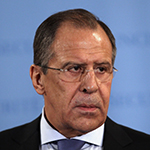
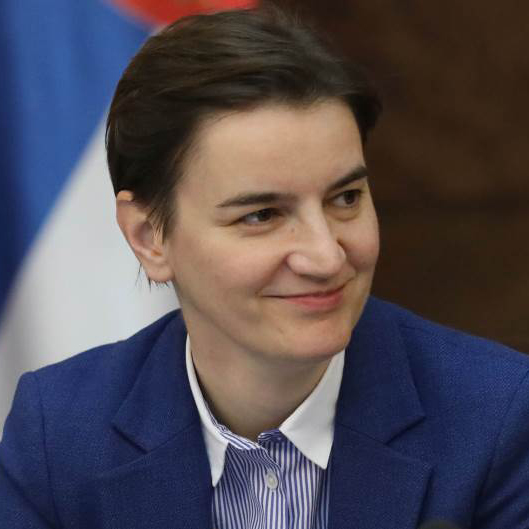
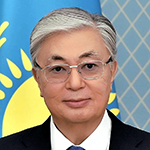

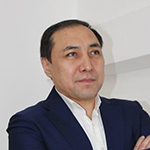
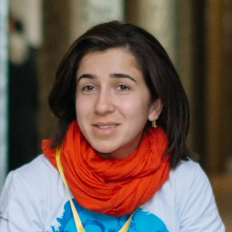

В соответствии с требованиями Федерального закона от 27.07.2006 г. № 152-ФЗ «О персональных данных» я даю согласие на обработку ВОД «ВОЛОНТЁРЫ ПОБЕДЫ» (ИНН 770642875, местонахождение: 115184, г. Москва, ул. Пятницкая д. 62, стр.7) своих персональных данных без оговорок и ограничений, совершение с моими персональными данными действий, предусмотренных п.3 ч.1 ст.3 Федерального закона от 27.07.2006 г. №153-ФЗ «О персональных данных», и подтверждаю, что, давая такое согласие, действую свободно, по своей воле и в своих интересах.
Согласие на обработку персональных данных дается мной в целях получения услуг, оказываемых ВОД «ВОЛОНТЁРЫ ПОБЕДЫ». Перечень персональных данных, на обработку которых предоставляется согласие: фамилия, имя, отчество, место пребывания (город, область), номера телефонов, адреса электронной почты (E-mail), а также иные полученные от меня персональные данные. Я даю свое согласие на осуществление со всеми указанными персональными данными следующих действий: сбор, систематизация, накопление, хранение, уточнение (обновление или изменение), использование, распространение (в том числе, передача), обезличивание, блокирование, уничтожение, передача, в том числе трансграничная передача, а также осуществление любых иных действий с персональными данными в соответствии с действующим законодательством.
Обработка данных может осуществляться как с использованием средств автоматизации, так и без их использования (при неавтоматической обработке). При обработке персональных данных ВОД «ВОЛОНТЁРЫ ПОБЕДЫ» не ограничено в применении способов их обработки. Настоящим я признаю и подтверждаю, что в случае необходимости ВОД «ВОЛОНТЁРЫ ПОБЕДЫ» вправе предоставлять мои персональные данные третьим лицам исключительно в целях оказания услуг технической поддержки, а также (в обезличенном виде) в статистических, маркетинговых и иных научных целях. Такие третьи лица имеют право на обработку персональных данных на основании настоящего согласия.
Данное согласие действует до даты его отзыва мною путем направления в ВОД «ВОЛОНТЁРЫ ПОБЕДЫ» подписанного мною соответствующего письменного заявления, которое может быть направлено мной в адрес ВОД «ВОЛОНТЁРЫ ПОБЕДЫ» по почте заказным письмом с уведомлением о вручении, либо вручено лично под расписку надлежаще уполномоченному представителю ВОД «ВОЛОНТЁРЫ ПОБЕДЫ».
В случае получения моего письменного заявления об отзыве настоящего согласия на обработку персональных данных, ВОД «ВОЛОНТЁРЫ ПОБЕДЫ» обязано прекратить их обработку и исключить персональные данные из базы данных, в том числе электронной, за исключением сведений о фамилии, имени, отчества. Также подтверждаю свое согласие на получение информационных писем о деятельности ВОД «Волонтёры Победы». Я осознаю, что нажатие кнопки Send на сайте https://victory-team.org, означает мое письменное согласие с условиями, описанными в нём.